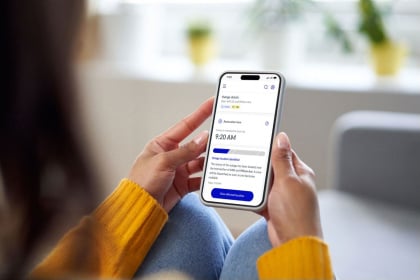
3 minutes
Millions Saved: The Untapped Potential of Utility Self-Service
How better customer and employee experiences positively impact utilities’ bottom line.

Chief Experience Officer
Geoff Harrison leads Blink as the chief experience officer. He focuses developing strategies to achieve the company’s vision.
Prior to this role, Geoff led the Blink design team as the chief design officer. He was instrumental in building a full-service product design consulting practice, uniting the firm’s research expertise with strategy, design, and development. Most importantly, he created growth opportunities for talented practitioners and a culture for them to thrive in.
Geoff is involved in Blink’s most prominent accounts and makes sure that Blink is adapting clients' CX needs by developing new
engagement models and business strategies. He regularly talks about creating customer-led organizations and CX strategy on podcasts and at design conferences.
Prior to Blink, Geoff founded geoffco, a product design studio, and was the creative director at Modern Digital Seattle. He holds a bachelor's degree in graphic design and mass media management from Miami University in Ohio and a graduate certificate in user-centered design from the University of Washington.
Outside of Blink, Geoff heads the board of the Seattle Tennis and Education Foundation, an after-school program for underserved youth. You can also find him in our Northwest mountains trying to keep up with his 3 teenage boys skiing, hiking and climbing. More reasonably, he enjoys cooking and finding great places to eat with his wife.